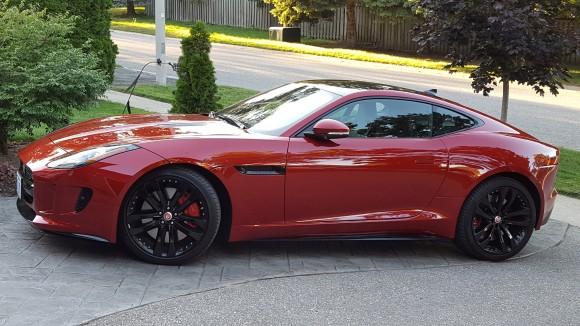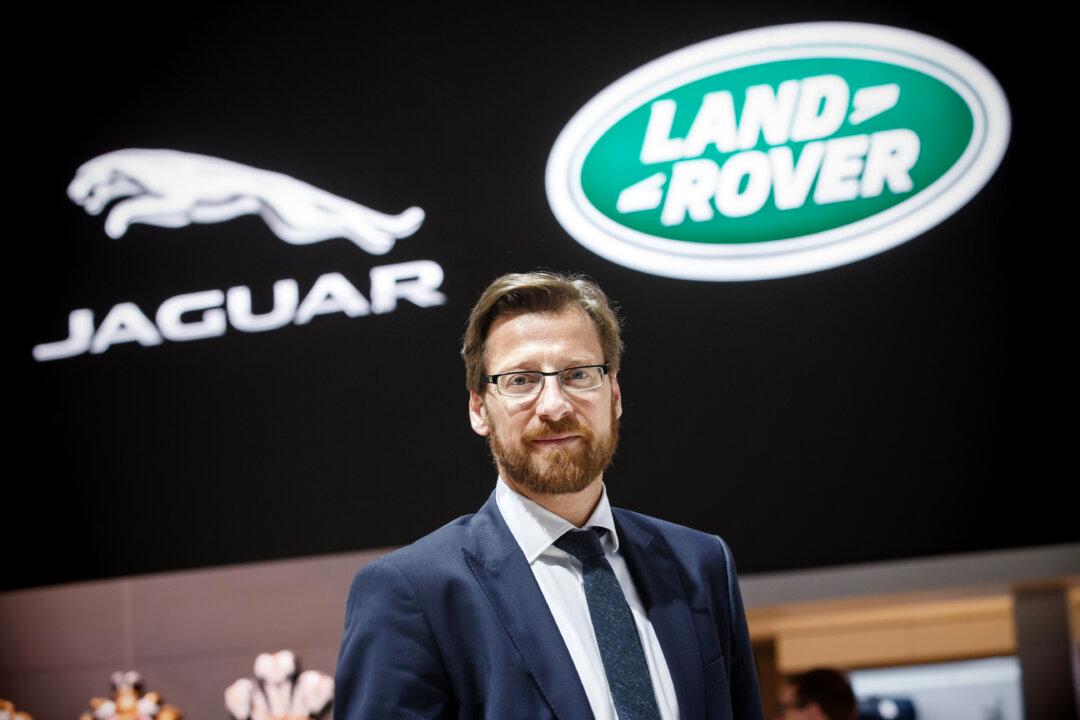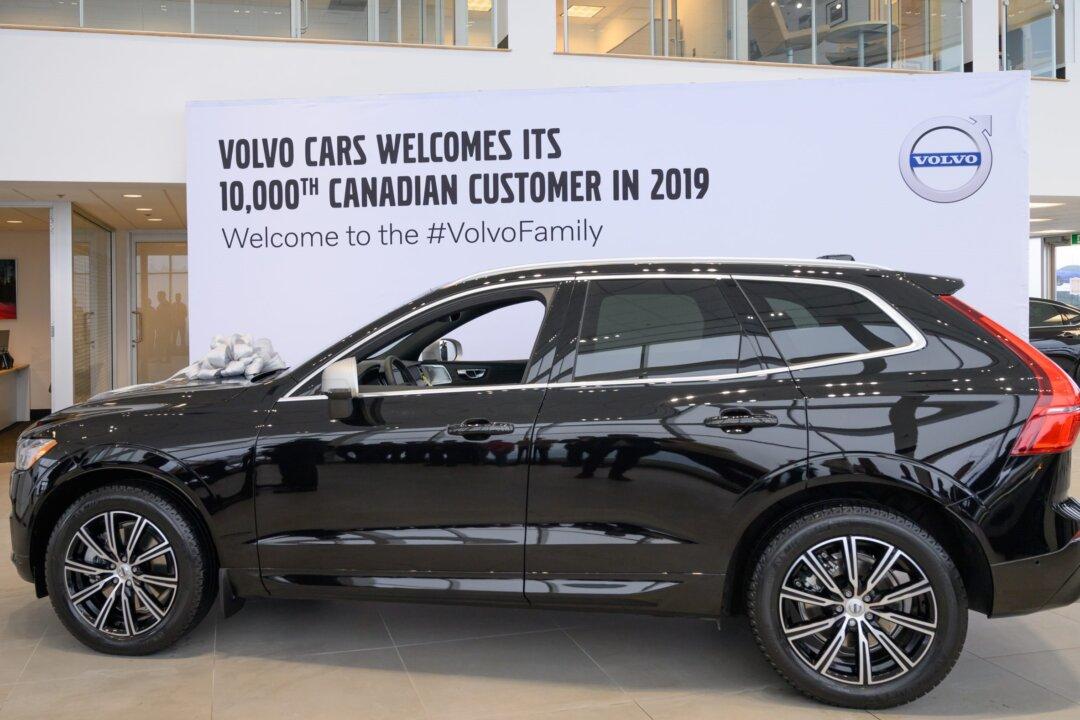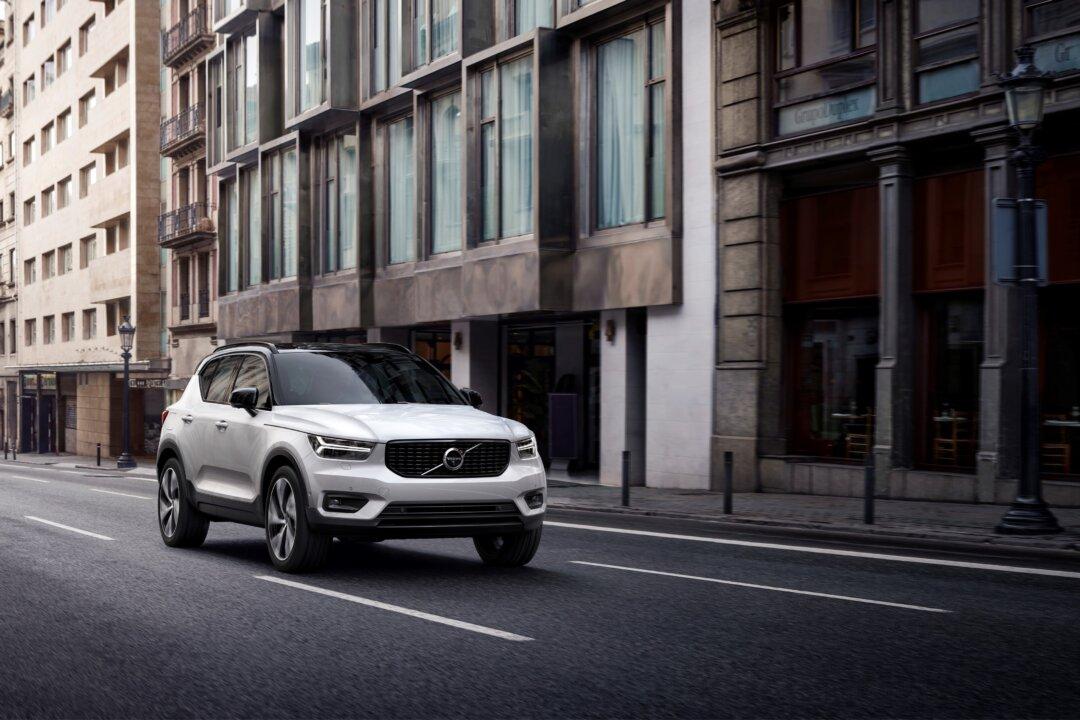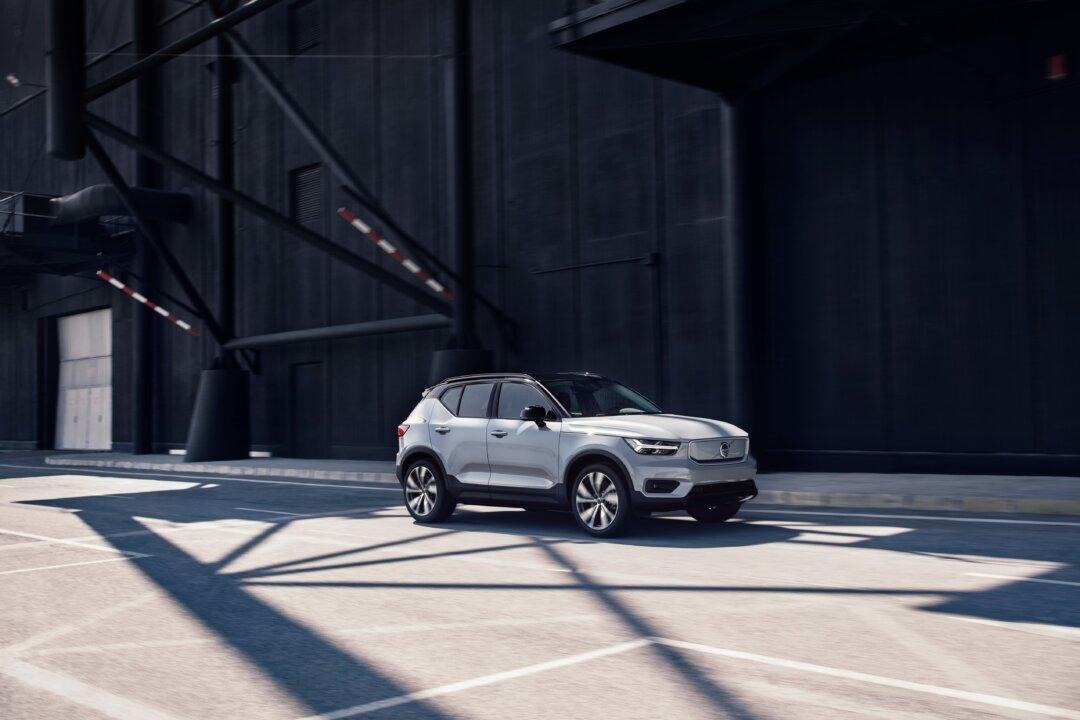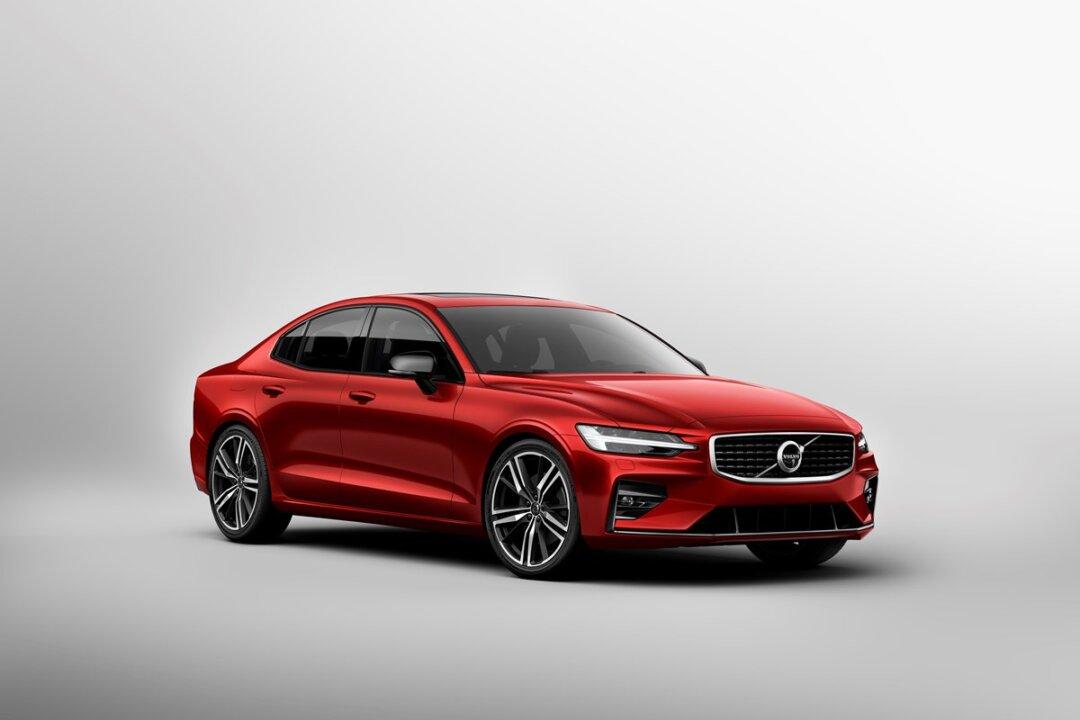Jaguar and Land Rover are two iconic marques designed and built in England. Both companies have had the great good fortune to be wholly-supported by their south Asian owners and allowed to develop vehicles which many will aspire—in part thanks to dedicated engineers and teams of designers led by Ian Callum at Jaguar and Gerry McGovern at Land Rover.
Today, the Canadian arm of this global company Jaguar Land Rover is led by Wolfgang Hoffmann, a relatively new breed of automotive executive. As dapper as he is affable, Mr. Hoffmann is a smart businessman who understands his role and his organization’s position in the pantheon of automotive legends. Self-deprecating and quick to smile, Epoch Auto sat down with the man and learned a little more about him and his general vision for this emblematic company, an amalgamation of two inspiring and aspiring marques, working in tandem to fulfil their legacy.
